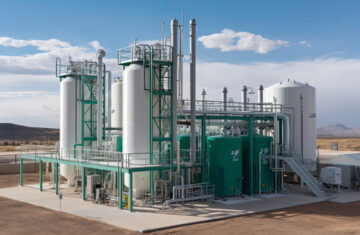Disadvantages of Solar Energy: Exploring the Challenges
Solar energy has become a well-liked and promising alternative as the globe embraces renewable energy sources more and more. As with any technology, solar energy does have certain drawbacks, though, so it is important to take them into account. In this comprehensive article, we’ll delve into the 10 key disadvantages of solar energy, addressing the concerns and challenges associated with this renewable energy source.
1. Intermittency and Dependence on Weather Conditions
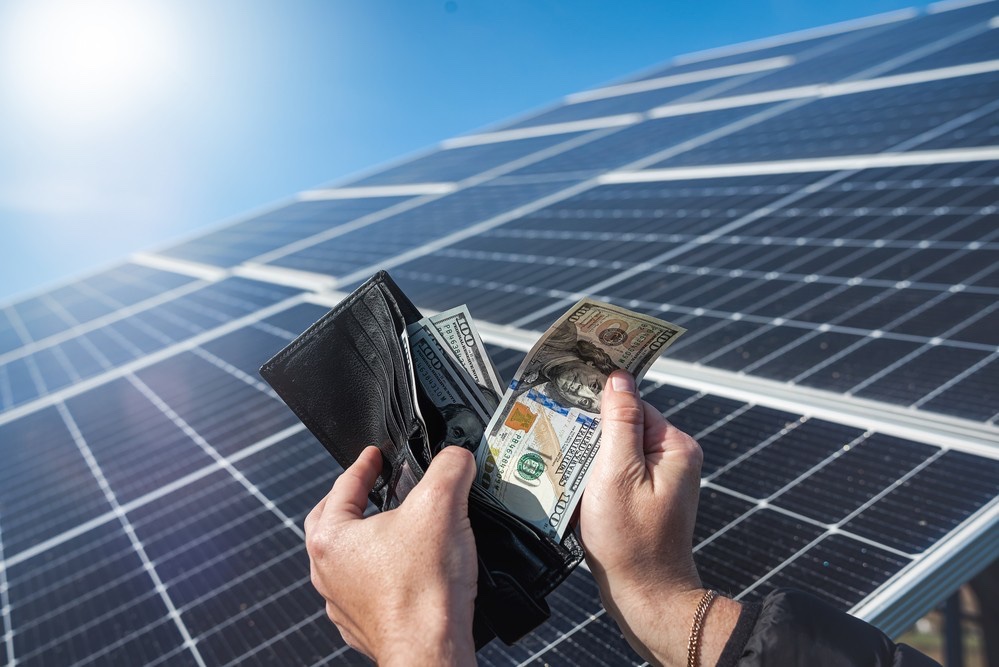
One of the primary disadvantages of solar energy is its intermittent nature. Solar panels are dependent on solar radiation, which varies with the seasons, the weather, and the time of day. A variable and unstable power supply can result from solar energy production being greatly reduced or even stopped on cloudy or rainy days or at night.
Variations in Solar Irradiation
Depending on the location, season, and weather, the solar irradiation, or the intensity of sunlight reaching the solar panels, can vary significantly. It can be difficult to forecast and control power generation due to the fluctuations in solar irradiation, which can have a direct effect on solar systems’ energy output.
Dependence on Optimal Weather Conditions
For solar energy systems to function as efficiently as possible, they need clear skies and direct sunlight. The quantity of solar radiation that reaches the panels can be reduced by elements like cloud cover, rainfall, and even dust or pollution, which will result in less energy being produced.
2. High Upfront Costs
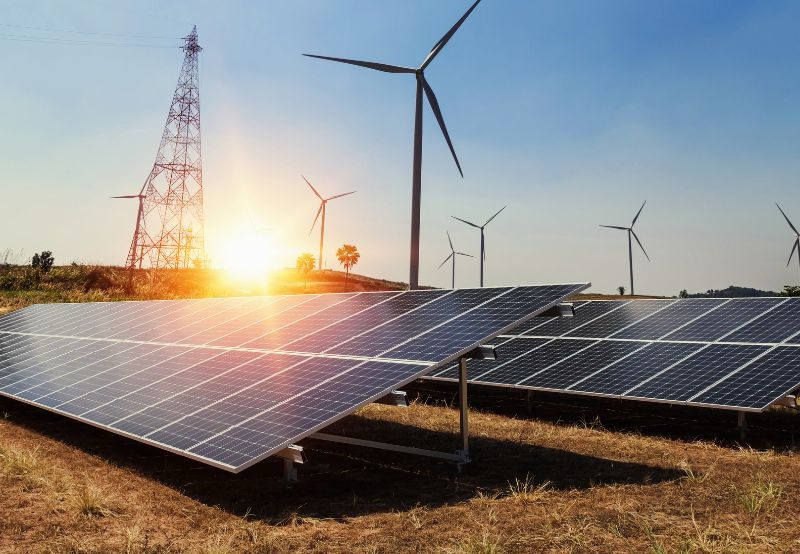
The initial investment required for the installation of a solar energy system can be a significant barrier for a lot of individuals and companies. Because solar panels, inverters, mounting structures, and other necessary components are expensive, the initial cost of solar energy is often higher than that of conventional energy sources.
Expensive Installation and Maintenance
Apart from the initial investment in solar equipment, the upkeep and installation of a solar energy system can also incur significant costs. For certain customers, solar energy may be a less appealing alternative due to the additional costs associated with specialized labor, equipment, and continuous maintenance.
Limited Accessibility for Low-Income Households
Low-income households may be disproportionately affected by the high initial costs of solar energy systems, which makes it difficult for them to access and utilize this renewable energy source. This may make socioeconomic gaps already present worse and prevent solar energy from being widely used.
3. Limited Storage Capabilities
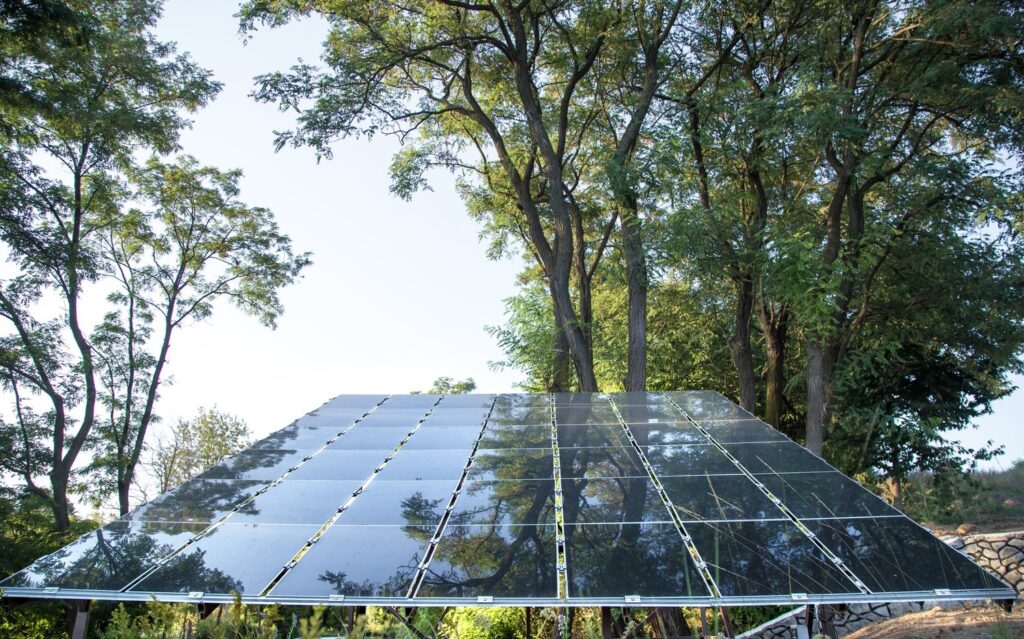
While solar energy is produced in the daytime, there may be occasions when demand for electricity exceeds solar energy’s output. This mismatch between energy generation and consumption requires effective energy storage solutions, which can be a disadvantage of solar energy.
Reliance on Battery Storage
Solar energy systems frequently rely on battery storage to store solar-generated electricity for use during non-daylight hours. Nevertheless, battery technology can be expensive, have a finite amount of storage, and might not be able to supply enough backup power during protracted periods of low or nonexistent solar generation.
Challenges with Grid Integration
It can be difficult to integrate solar energy into the current electrical grid because solar power is intermittent and can upset system stability. In order to handle the variable energy input, significant infrastructure upgrades are needed.
4. Limited Scalability and Land Requirements

The fact that solar energy can be scaled up or down can be a drawback because large-scale solar power plants require a lot of land, especially in places with dense populations or limited land.
Limitations in Urban Settings
Large-scale solar power plant installation can be difficult in urban areas due to the scarcity of land and dense population. This may reduce the potential for solar energy deployment in these environments, decreasing its appeal to many.
Competing with Other Land Uses
In addition, the land needed for solar energy projects may compete with other significant land uses like housing, agriculture, or natural habitats. Planning and implementing solar energy solutions requires careful consideration of the potential conflicts and trade-offs that may arise.
5. Environmental and Sustainability Concerns
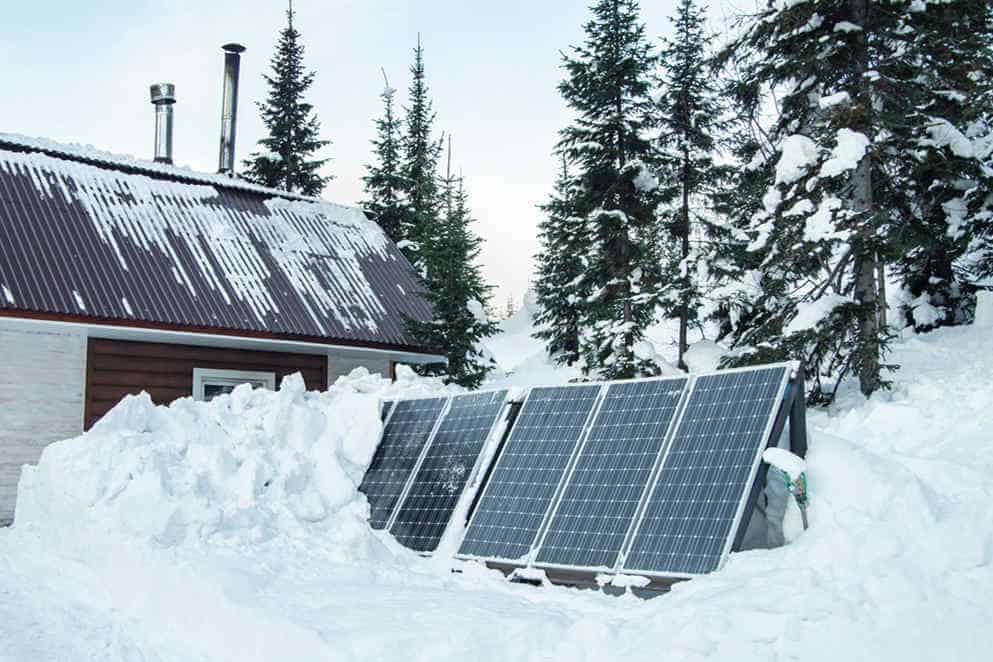
Although solar energy is widely regarded as a clean and renewable energy source, its use and production are not without environmental and sustainability implications.
Production and Disposal of Solar Panels
A variety of chemicals and resources are used during the solar panel manufacturing process, which may have an effect on the environment. In addition, because solar panels may contain hazardous materials, disposing of them after their useful life can be difficult.
Impact on Ecosystems and Wildlife
Huge solar energy projects have the potential to upset regional ecosystems, which could have an impact on biodiversity and wildlife habitats. There are environmental consequences associated with installing solar panels and related infrastructure, such as species displacement and habitat fragmentation, which must be carefully managed.
Dependence on Rare Earth Metals
A lot of solar energy components, like photovoltaic cells, depend on rare earth metals, which can be hard to come by and can cause problems in the supply chain. The solar energy industry’s sustainability in the long run may be jeopardized by this reliance on finite resources.
6. Limited Efficiency and Power Output
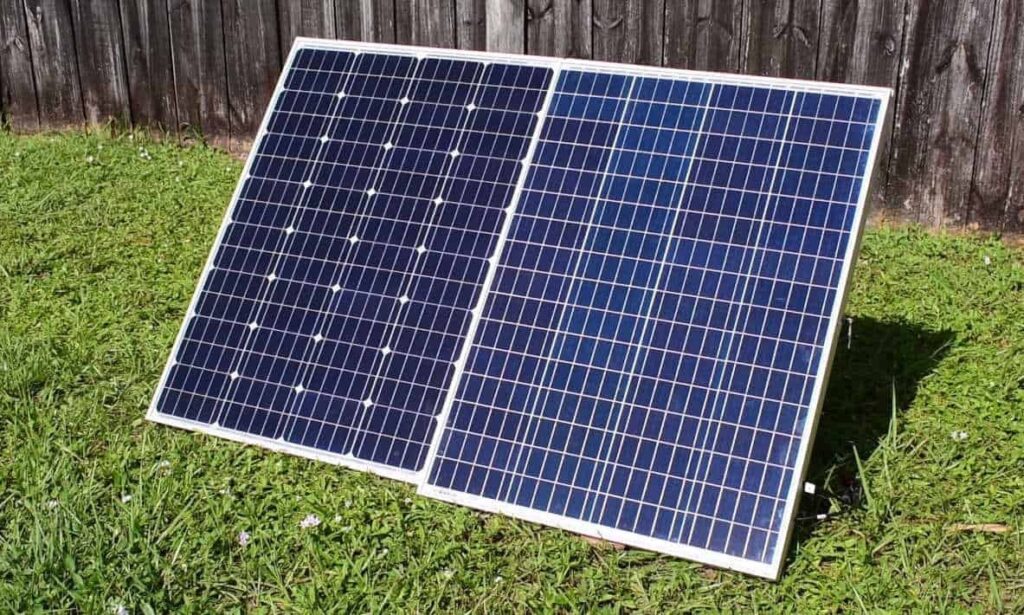
Another disadvantage of solar energy is the relatively low efficiency and power output of solar panels compared to other energy sources.
Low Conversion Efficiency
The ratio of electrical energy output to solar energy input, or conversion efficiency, is typically between 15 and 20% for solar panels. This indicates that a considerable amount of solar energy is lost during the conversion process, which reduces the system’s total power output.
Insufficient Power Output for High-Demand Applications
For high-demand applications, like large industrial facilities or dense urban areas, where the energy requirements may exceed the capabilities of a solar energy system, the limited power output of solar panels can be a drawback.
7. Geographical Limitations
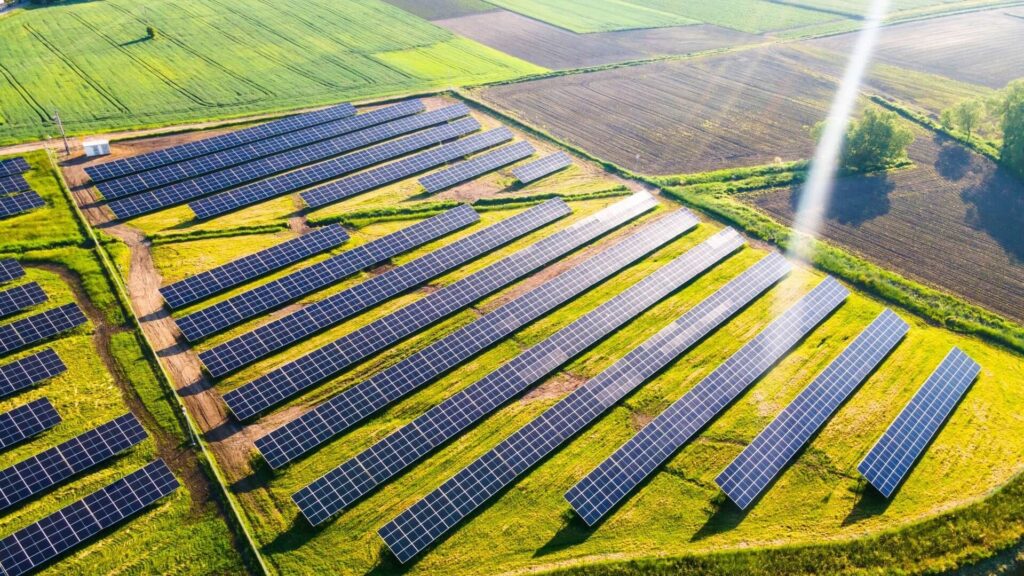
The site’s geographic location and environmental factors have a significant impact on the viability and efficacy of solar energy installations.
Dependence on Sunlight Exposure
The possibility of widespread adoption may be limited by the unsuitability of certain regions for efficient solar energy generation, such as those with frequent cloud cover or high latitude locations.
Challenges in Extreme Climates
Extreme weather can also make solar energy systems more difficult to install and operate, which lowers their efficiency and dependability. Examples of these conditions include intense heat, snowfall, or strong winds.
8. Regulatory and Policy Challenges
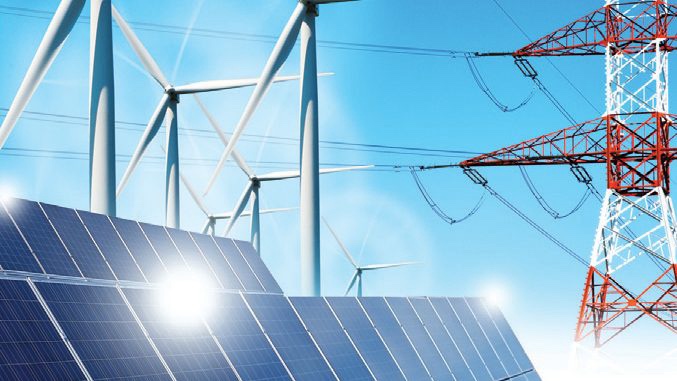
Regulating and policy issues, which differ between jurisdictions and regions, can also make it more difficult to adopt and use solar energy.
Inconsistent or Unfavorable Policies
The viability and implementation of solar energy projects can be significantly impacted by the availability and stability of tax credits, financial incentives, and other policy support mechanisms. Investment in solar energy may be discouraged by inconsistent or unfavorable policies that breed uncertainty.
Regulatory Hurdles
Solar energy projects face additional difficulties when navigating the many regulatory requirements, such as permits, zoning laws, and interconnection standards. This can be a difficult and time-consuming process.
9. Grid Integration and Compatibility Issues

The intermittent nature of solar power can pose compatibility and stability issues, which is one of the potential drawbacks of integrating solar energy into the current electrical grid.
Strain on Grid Infrastructure
The electrical grid may be further taxed by variations in solar energy generation, necessitating expensive and time-consuming upgrades and modifications to handle the variable input.
Compatibility with Grid Operations
Given that the system must be able to efficiently manage the variable power input from solar sources in order to ensure a steady and dependable supply of electricity, the integration of solar energy into the grid may also necessitate modifications to grid management and operations.
10. Dependence on External Factors
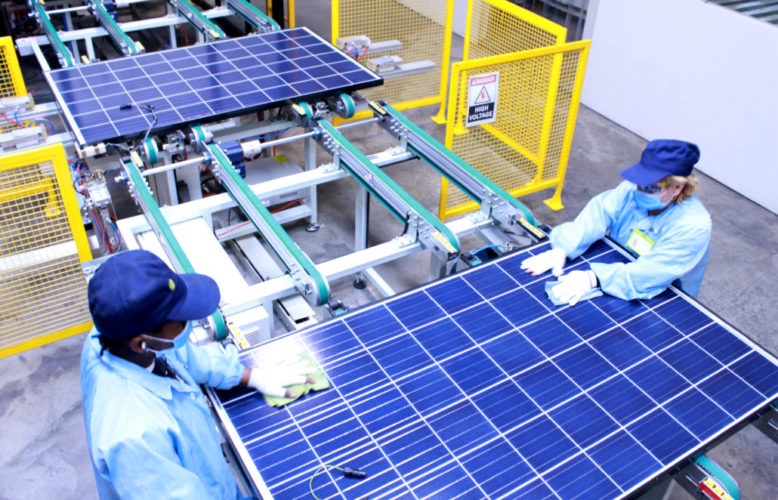
Ultimately, the success and viability of solar energy are heavily dependent on a range of external factors, which can be considered disadvantages.
Reliance on Government Incentives and Subsidies
For a solar energy project or initiative to be financially feasible, the government must provide subsidies, incentives, and policy support. Modifications or eliminations to these support systems may have a major effect on the development and uptake of solar energy.
Vulnerability to Supply Chain Disruptions
The availability and affordability of solar energy solutions can be impacted by supply chain disruptions, such as fluctuations in raw material prices or shortages of essential components, which can also affect the solar energy industry.
By addressing these 10 key disadvantages of solar energy, policymakers, industry stakeholders, and consumers can work together to overcome the challenges and unlock the full potential of this renewable energy source, ultimately driving a more sustainable energy future.
While solar energy offers many benefits in terms of sustainability, cost savings, and environmental impact, it is essential to acknowledge the various disadvantages and limitations that come with this renewable energy source. Solar energy faces a number of challenges, including high upfront costs, intermittent power generation, geographic limitations, and grid integration issues.
These issues must be resolved through ongoing innovation, policy support, and an all-encompassing approach to energy planning. As the global demand for clean energy grows, it is crucial for policymakers, industry leaders, and consumers to work collaboratively to overcome these disadvantages, optimize solar energy technologies, and unlock the full potential of this renewable resource. After that, solar energy will be able to help with the shift to a more sustainable energy source on a larger scale.

